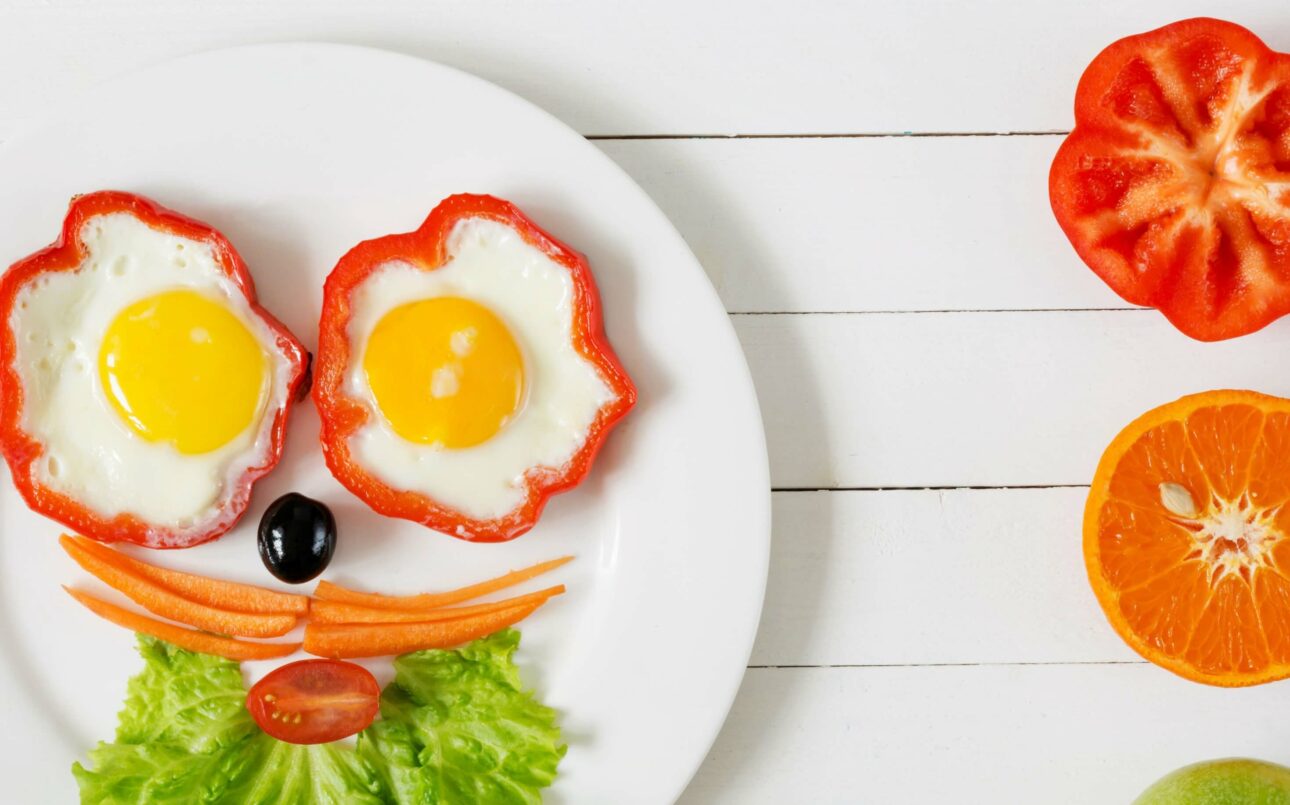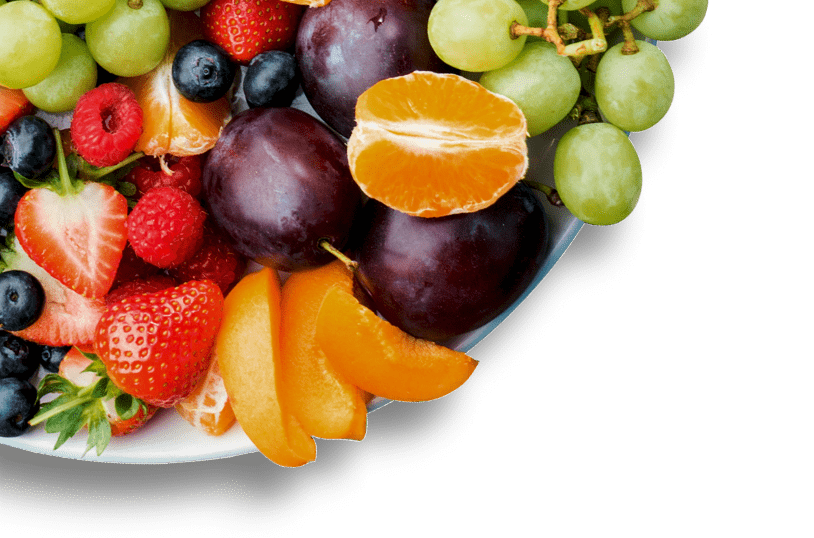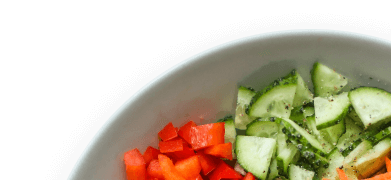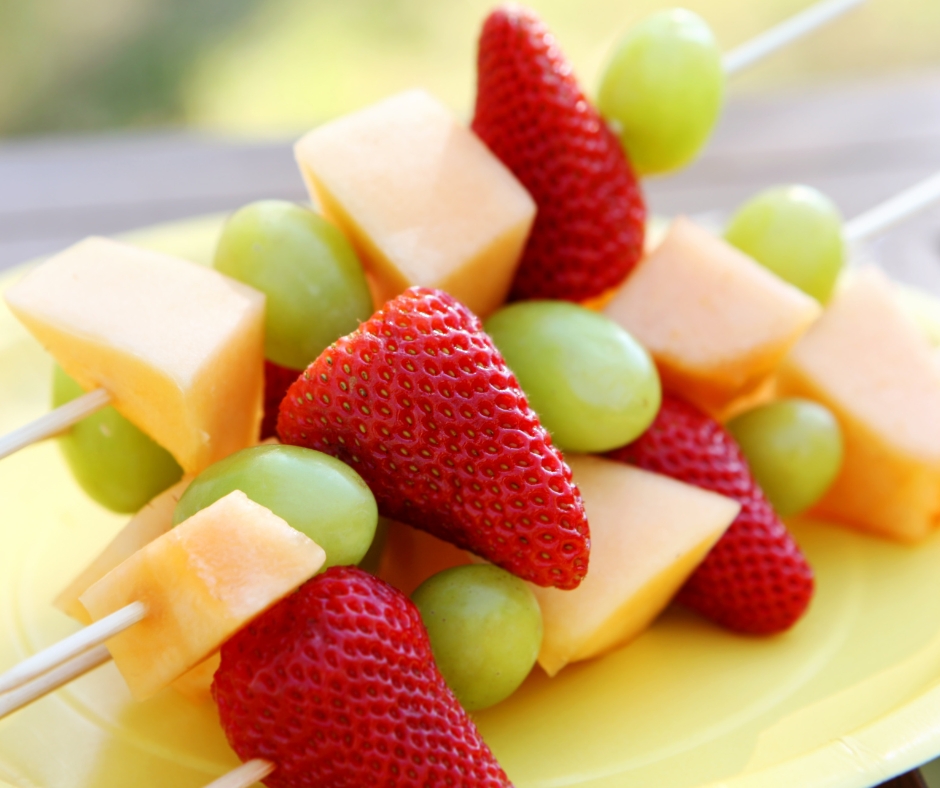Healthy food substitutions
The following ingredients can often be substituted for each other to provide a similar amount of food from the same food groups.

This will help you provide enough foods from the five food groups in line with the menu planning guidelines.
1. Grains
- Pasta and grains: rice, pasta, barley, cous cous, noodles, quinoa, semolina, polenta.
- Breads and crackers: bread, wraps, rolls, pita, focaccia, pizza bases, wholegrain crackers.
- Flour:
- If using small amounts (for example to thicken a sauce): corn flour, oat flour, rice flour.
- If using large amounts for baking: you could use gluten-free flour (if available) or oat flour (make your own by blending oats in a blender), or try a new recipe that uses something different, like spelt flour. You could also mix these products with wheat flour.
Tip: you could use potato as a carbohydrate instead of breads or grains in your dishes.
Think outside the box! If you don’t have lasagne sheets, you could use flat breads. Or if you don’t have rice or noodles, you could serve a stir-fry with toast.
2. Meat and alternatives
- You can generally substitute any meat with another meat to get a similar result. Try minced or diced red meat, chicken breast, chicken thigh (skinless), pork or fish (fresh, frozen or canned in spring water).
- If you want to make a meat-free dish, you can use legumes or tofu as a protein substitute.
Tip: eggs are a tasty and affordable protein food too.
3. Milk and alternatives
- Milk: Fresh milk, UHT milk, powdered milk, calcium-fortified milk alternatives such as soy milk, oat, rice, or almond. Make sure they provide at least 100mg of calcium per 100ml of milk.
- Instead of using milk when cooking: try using fruit puree (for sweet baking), water (for sweet or savoury cooking), or stock (savoury cooking).
Tip: the children in your service could get their two serves of dairy per day from foods like yoghurt or cheese, instead of milk, if needed.
4. Fruits and vegetables
- Fresh, frozen and canned fruits and vegetables are all nutritious options that can usually be substituted with each other quite easily.
- Choose canned fruit in natural juice (not syrup), and canned vegetables with no or little added salt.
- If you can’t access canned tomatoes and/or passata, try:
- Buying a reduced salt tomato soup (add water if it’s too thick)
- Using tomato paste (1/2 the amount of canned tomato/passata you would use) and add some stock and water to create a tomato sauce
- Make a white sauce, or pesto, and add some extra vegetables to make up for the missing tomatoes.
Tip: legumes can be used as vegetables too!
For more information please phone 1300 22 52 88 or email heas@nnf.org.au
Except where otherwise indicated, the images in this document show models and illustrative settings only, and do not necessarily depict actual services, facilities or recipients of services. This document may contain images of deceased Aboriginal and Torres Strait Islander peoples. In this document, ‘Aboriginal’ refers to both Aboriginal and Torres Strait Islander people. ‘Indigenous’ or ‘Koori/Koorie’ is retained when part of the title of a report, program or quotation. Copyright © State of Victoria 2016
Written and reviewed by dietitians and nutritionists at National Nutrition Foundation, with support from the Victorian Government.

Register your interest
"*" indicates required fields









